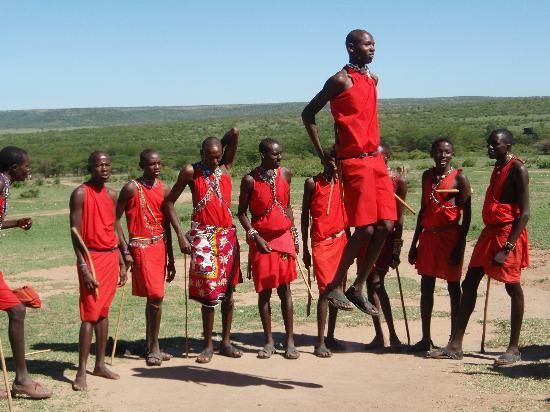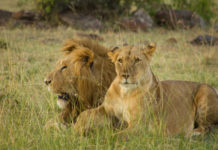Though developed part of Narok district, the very traditional Maasai villages still exist in this manner. The Maasai village visit is typically an excursion included into a longer multi day Maasai Mara Kenya safari tours, and couple of hours are set apart for this brief interactive visit to the village, which usually happens to be on the fringes of the main Mara game reserve boundaries.
Many tourists wish to know how much it costs to visit a Maasai village. The price for a village visit which includes a contribution towards the village in form of a fee, as well as return road transfers from your lodge or camp in Maasai Mara to the village, varies between USD 25 to 50 per person. The price is often lower when you are on a road safari with your own Driver-Guide who will pay the fee upon entry.
The higher fee of USD 50 per person often applies when you have flown in on a package safari and it is then the Camp which will charge you the fee for the village visit and the price in this case can vary again from USD 30 to USD 50 per person based on which camp you are staying at and which village they take you to visit.
It should be noted that once at the village, you may be expected to buy some curio or souvenier from the villagers, though this is not mandatory having paid an entry fee. Nonetheless, be prepared for determined efforts from some of the Maasai villagers to try and sell you what are inexpensive handmade craft items.
The Maasai are known for their many unique cultural practices and traditions. Some of these originate from their nomadic way of life.
See the ‘Manyatta’, which are low height dwellings, essentially huts, made of mud, cow dung and wood, with a single entrance and minimal side windows. Clusters of these manyatta huts, which form a homestead or village, are known as a Maasai ”Boma”.
Several Bomas can also join together to make a larger village. The individual huts themselves, the manyattas, have windows so small that it can be very dark inside a manyatta even on a sunny day.
The image above shows a typical Manyatta hut with a Maasai woman standing in from of the rear of the manyatta. The image below shows the inside of a Manyatta. In the photo you can see the earthen stove and firewood which will be used for cooking a meal.
There is no piped water, electricity or Gas. We should point out that these specific manyattas or villages are right in the interior of Narok, close to the reserve. While there is power and piped water in the reserve itself and in the more developed part of Narok district, the very traditional Maasai villages still exist in this manner.


